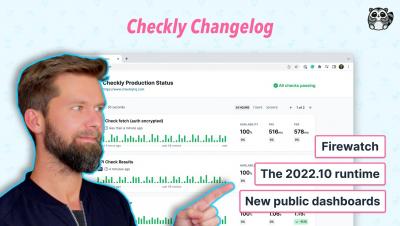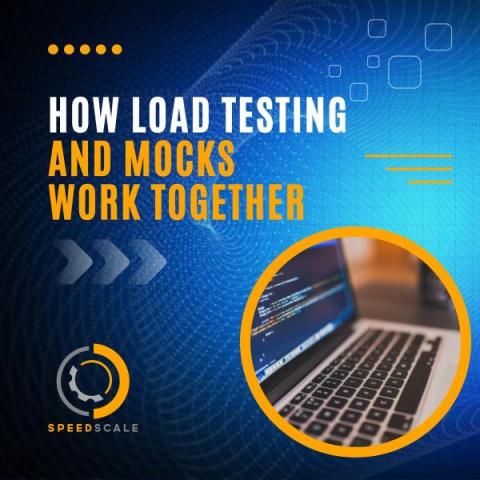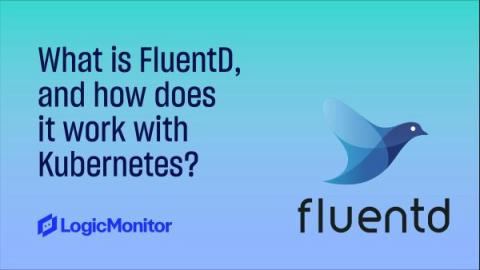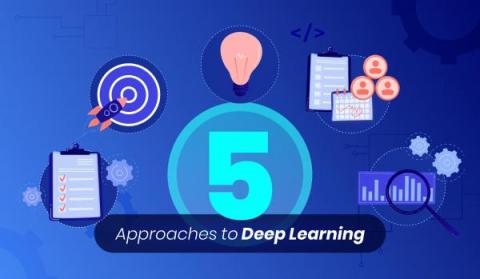Operations | Monitoring | ITSM | DevOps | Cloud
Technology
The latest News and Information on APIs, Mobile, AI, Machine Learning, IoT, Open Source and more!
How Load Testing and Mocks Work Together
Open source in financial services - start with a strong foundation
Financial Institutions (FIs) need to respond with agility and business velocity to keep pace with changing economic conditions. Yet, emerging competition from fintechs and challenger banks and increasing customer expectations is making this task difficult, especially as regulatory and compliance requirements increase. Embracing the next phase of digital transformation is an imperative for financial institutions to sustain and grow in a competitive environment of rising cost pressures.
Kubernetes Lens: Improving Operational Awareness of Kubernetes Clusters
Kubernetes Lens is an integrated development environment (IDE) that allows users to connect and manage multiple Kubernetes clusters on Mac, Windows, and Linux platforms. It is an intuitive graphical interface that allows users to deploy and manage clusters directly from the console. It provides dashboards that display key metrics and insights into everything running on a cluster, including deployments, configurations, networking, storage, and access control.
What is FluentD, and how does it work with Kubernetes?
How Much Memory Is Enough For A MacBook Air?
What's in store in 2023 for the tech industry?
Understanding InfluxDB IOx and the Commitment to Open Source
If you’ve been following InfluxDB, you’ve probably heard of InfluxDB IOx, the next evolution of the storage engine powering InfluxDB Cloud. However, I wanted to learn more about how the open source components of the new engine help achieve the requirements for the new InfluxDB engine and why they were chosen. This post covers that precise topic. We’ll also learn why InfluxDB chose to contribute to these open source projects and what our commitment to open source looks like today.
5 Approaches to Deep Learning Clustering You Really Need to Know
Data has become the most valuable thing in the modern world. According to earthweb, more than 2.5 quintillion bytes of data will be created every day in 2022. These large quantities of data should be appropriately organized to identify meaningful patterns for decision-making. Techniques like clustering are widely used to efficiently collect data into groups based on their similarities and differences and improve the observability of your data.











